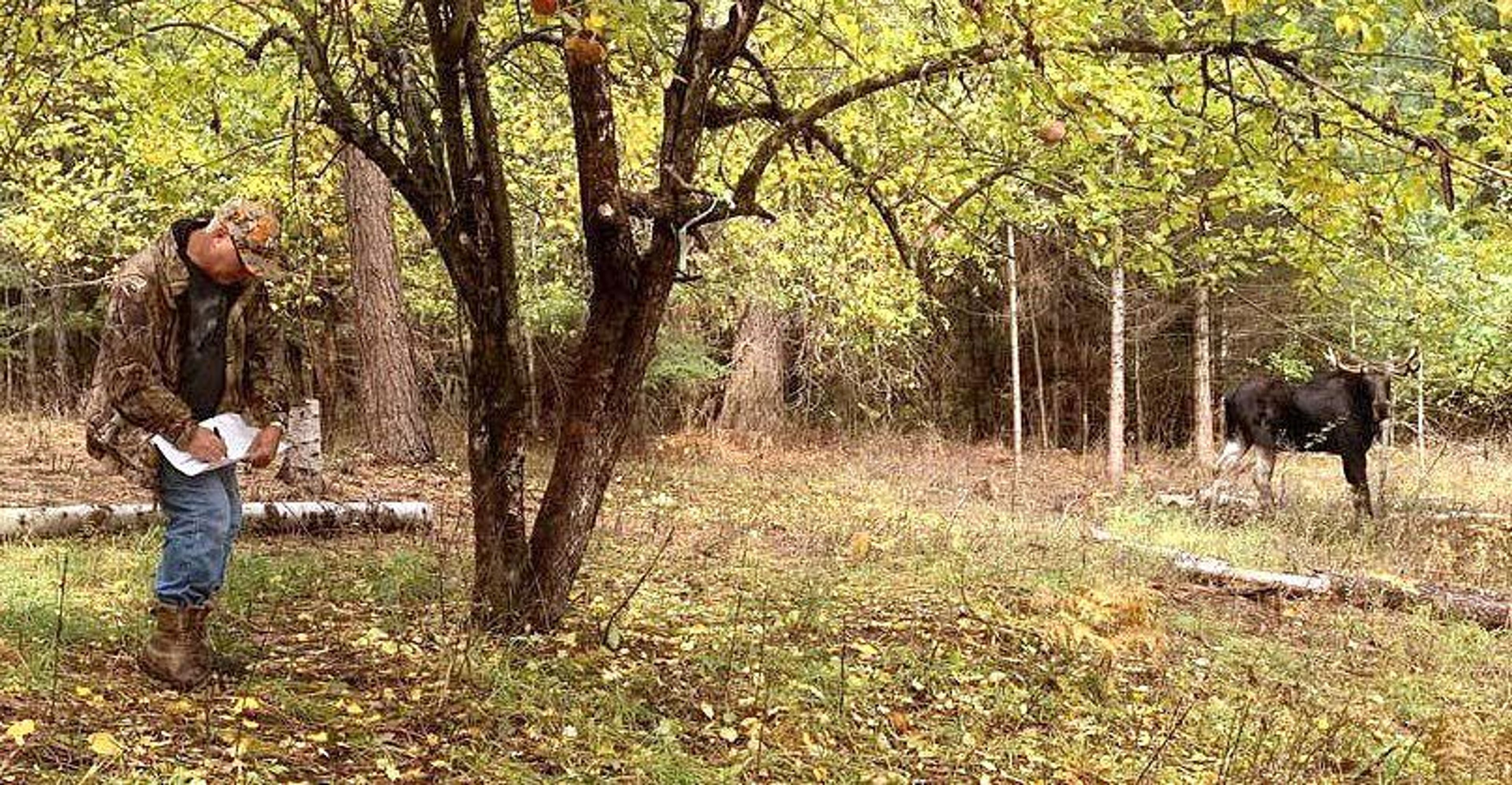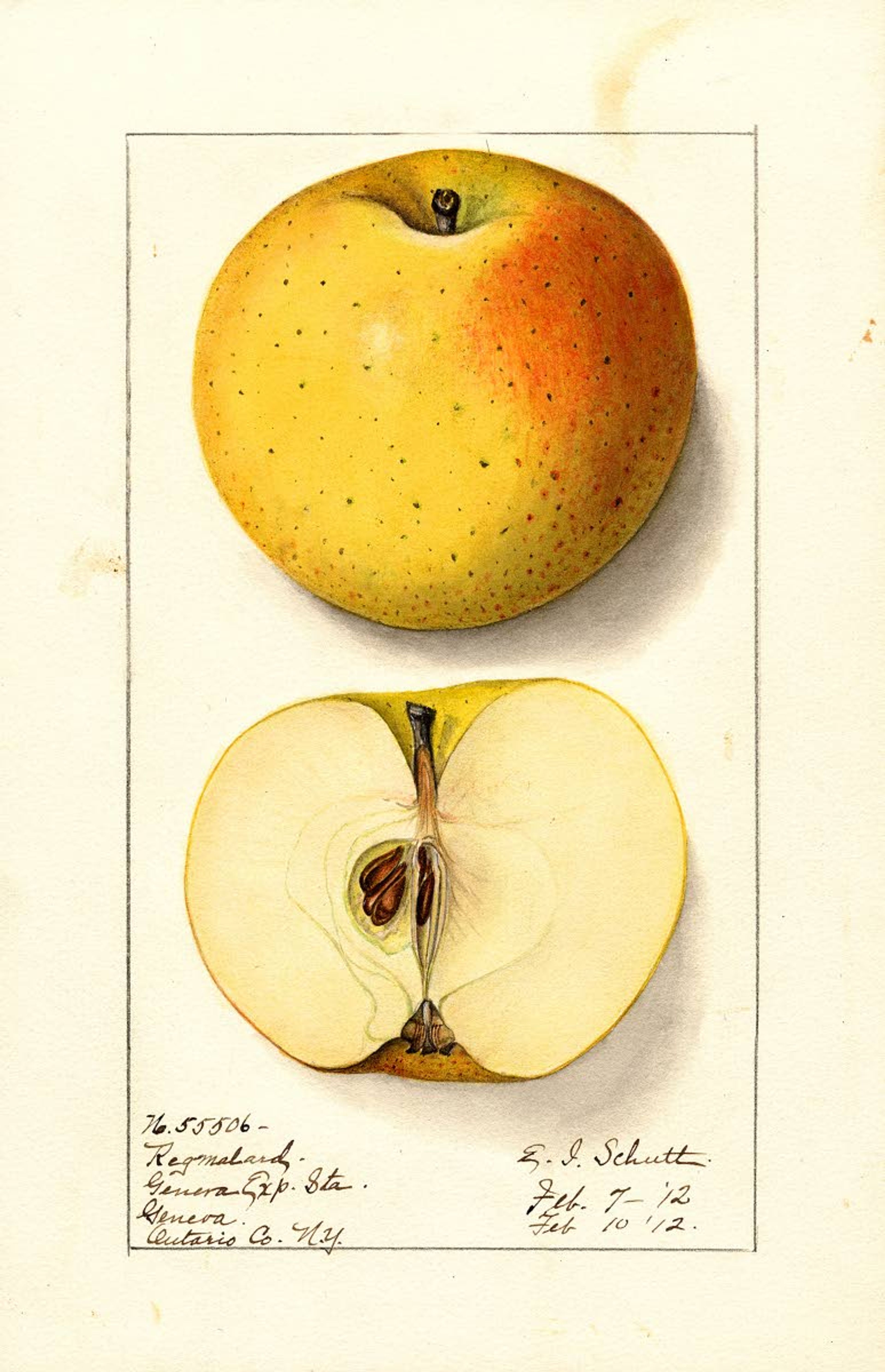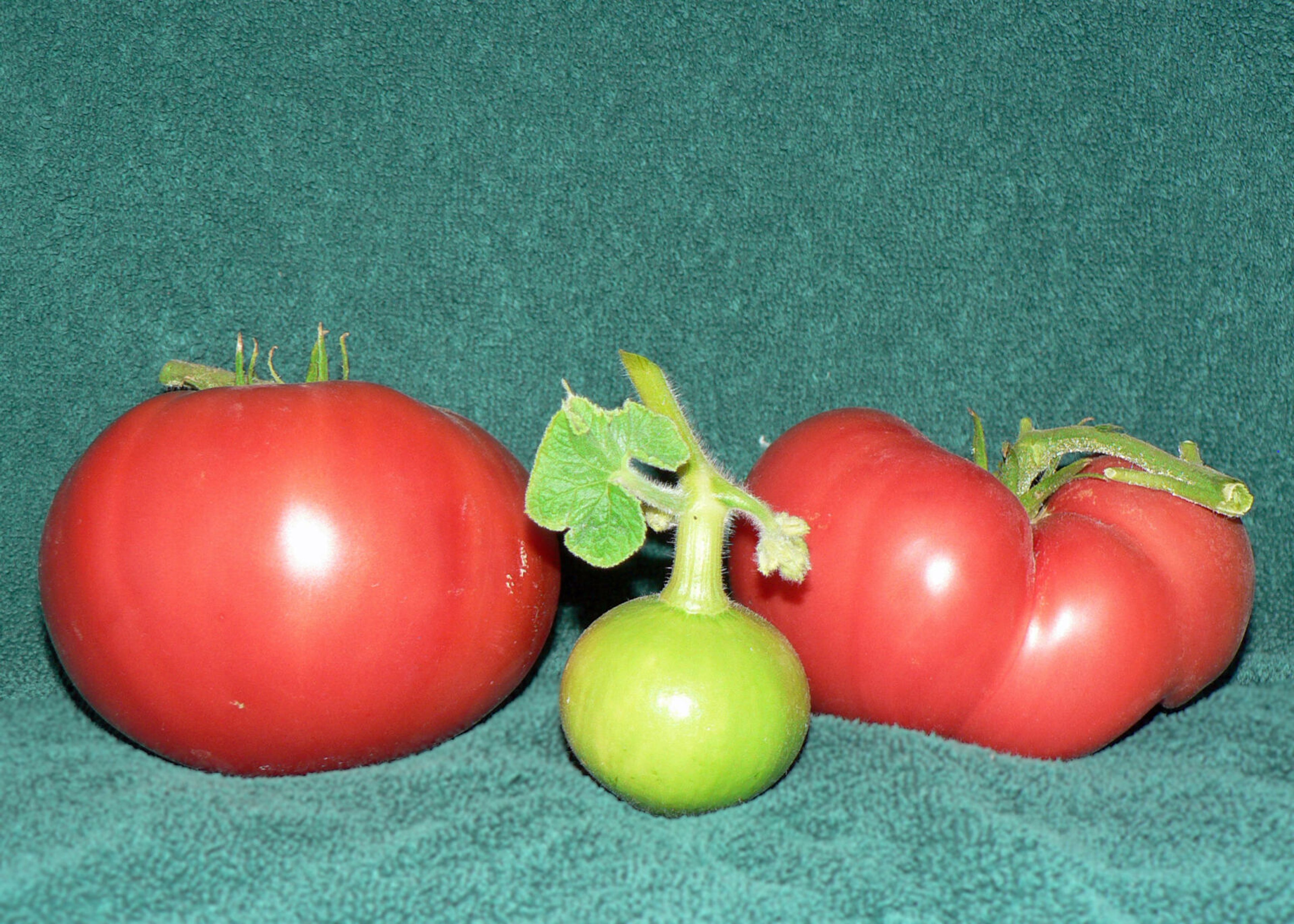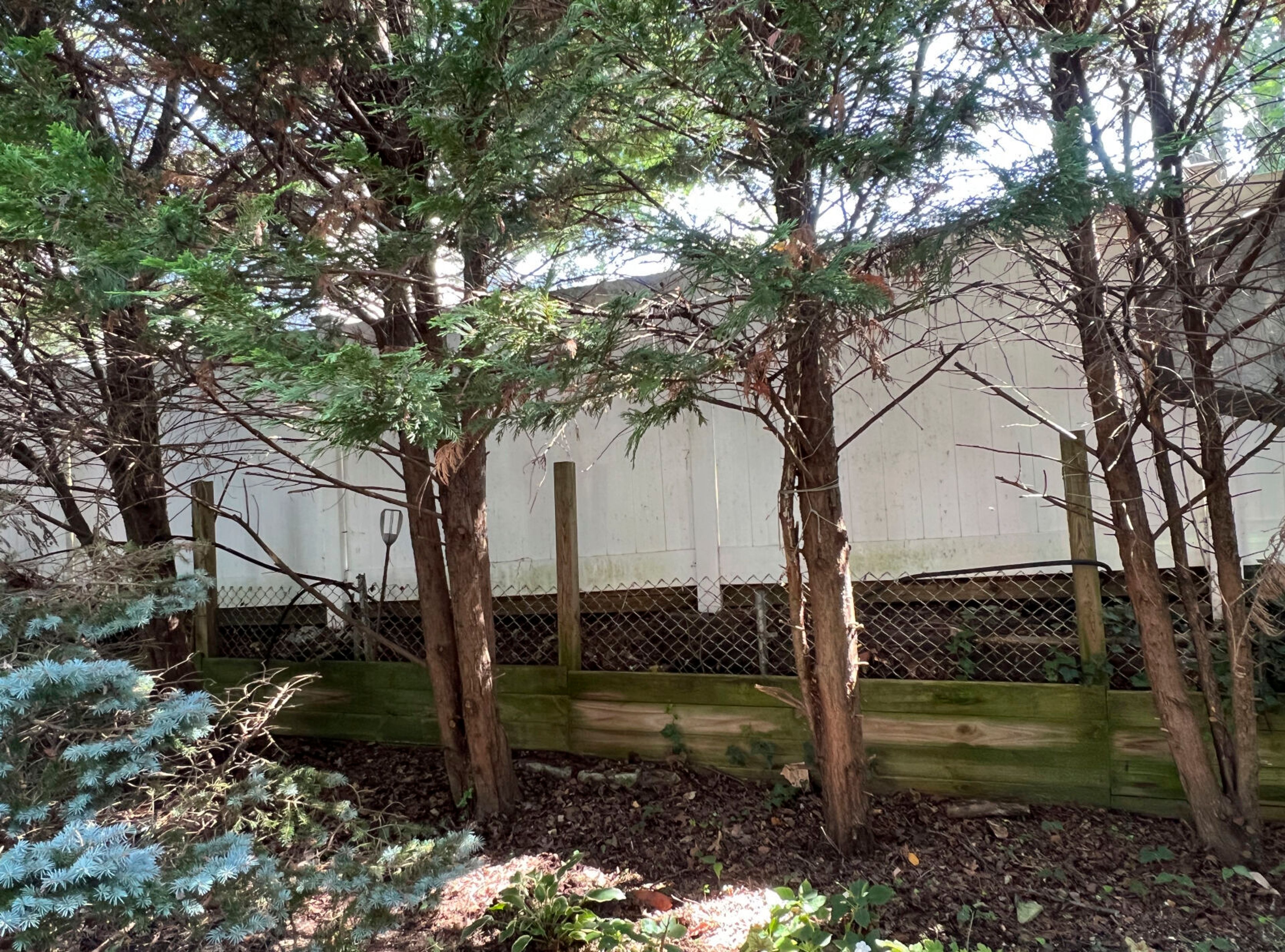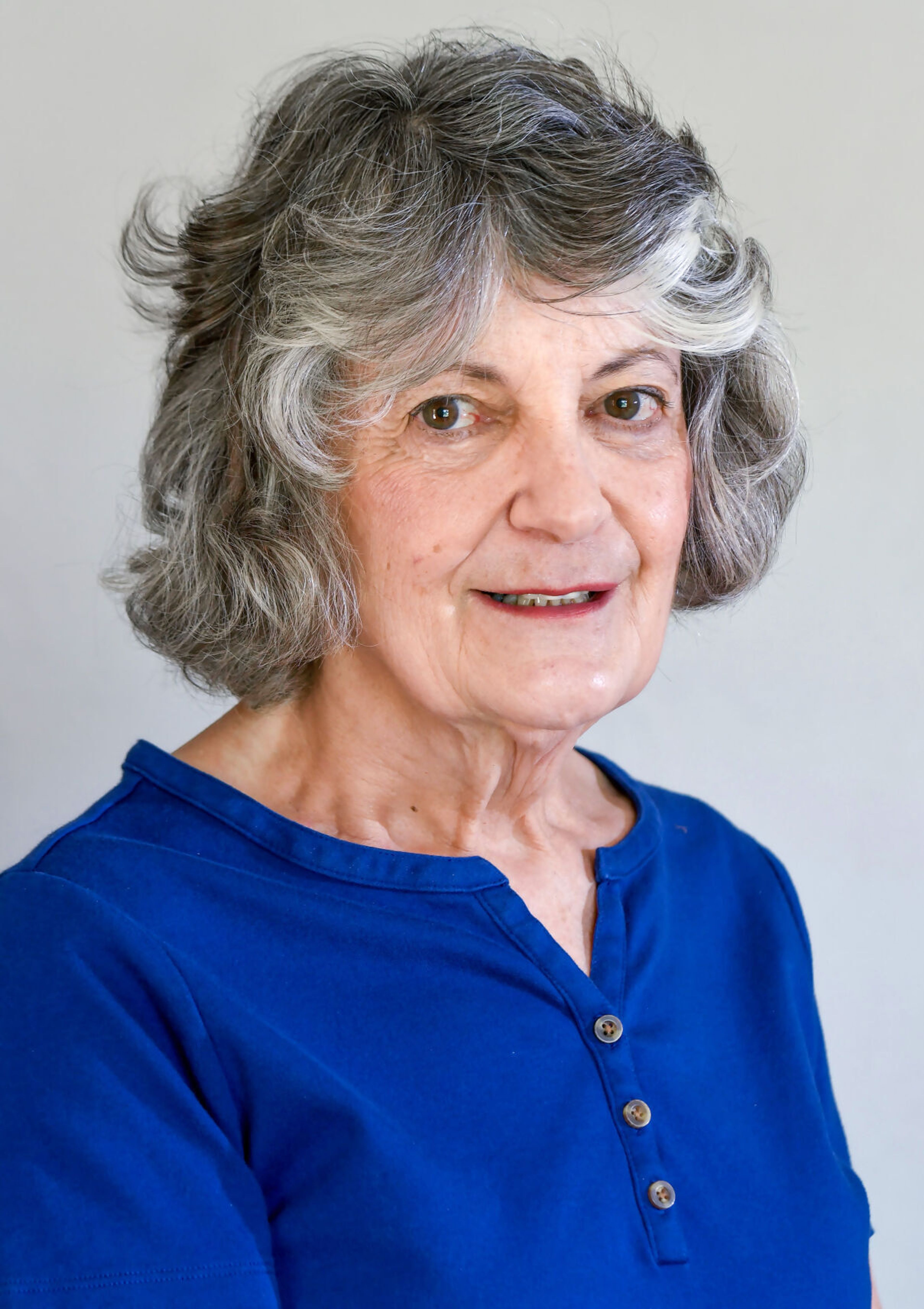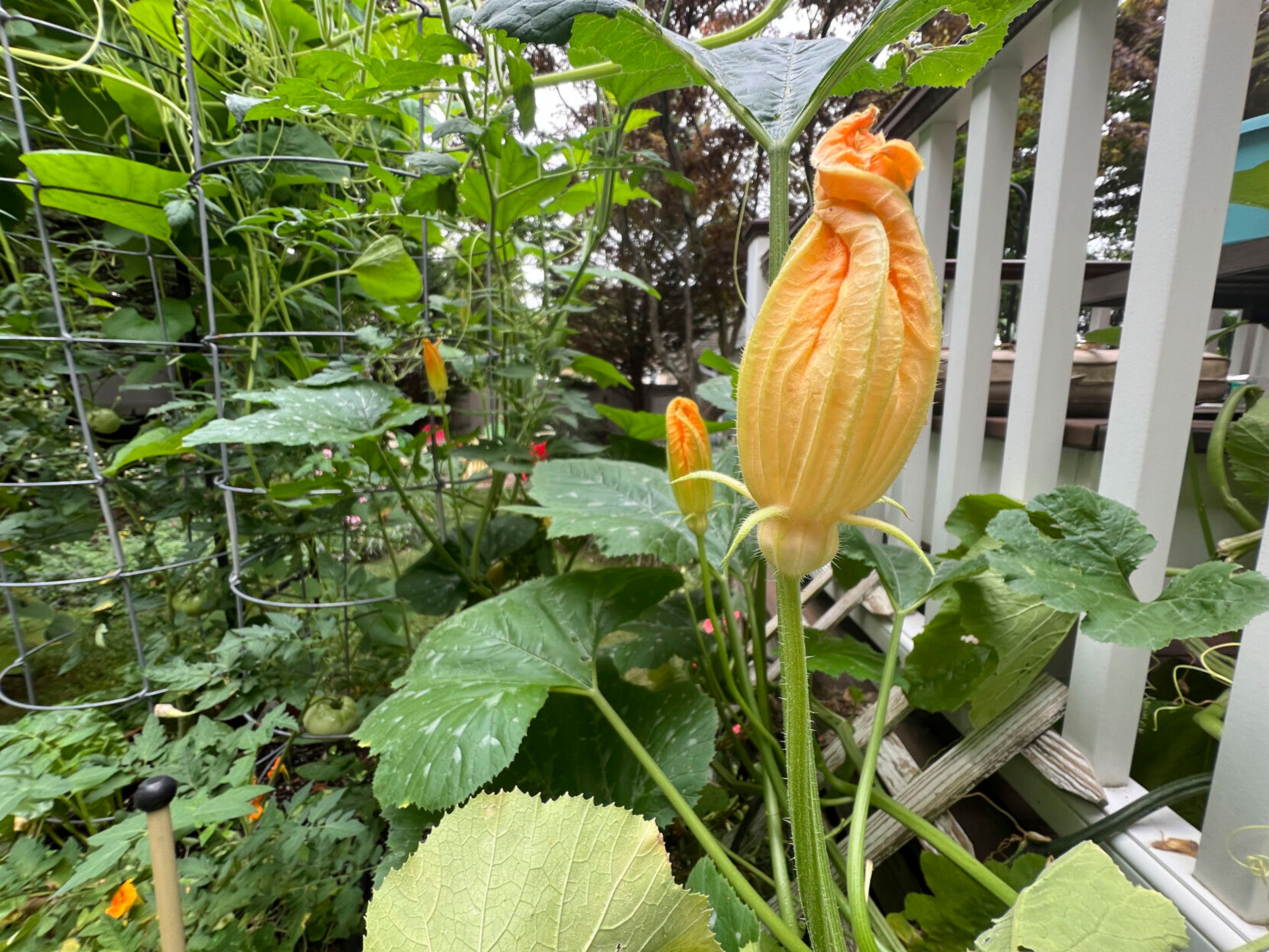10 ‘lost’ apple varieties rediscovered in region
Lost Apple Project finds varieties once thought extinct, including several on the Palouse
Ten varieties of apples that were once thought extinct have been rediscovered in the Inland Northwest, including on the Palouse.
The Lost Apple Project announced the discoveries at the end of April. Since 2016, the nonprofit has found 23 apple varieties that were believed to have disappeared. Founded by Dave Benscoter, the Lost Apple Project has partnered with the Whitman County Historical Society to identify and preserve heritage apple trees and orchards in Washington and Idaho.
These latest discoveries were all made in fall 2019, and it is the most apple varieties the Lost Apple Project has found in a year, Benscoter said.
“We were just thrilled,” he said. “We had no idea we would come back with anything close to that number.”
The Sary Sinap, Givens, Colman, Claribel and Butter Sweet varieties were all found in Latah County. The Milalyfi variety was found near Pullman. Others were found near Pomeroy, Wash., Boise, Seattle and Waitsburg, Wash.
According to a Lost Apple Project newsletter, research indicates more than 250 apple varieties were grown in Eastern Washington and at least 25 “lost” apple varieties could still be growing in the region. Several trees are being vetted to determine if they are matches with lost varieties.
Benscoter and fellow Lost Apple Project member EJ Brandt do most of the apple picking across the region.
Benscoter said when they arrive at an apple orchard, they map out all the trees by assigning them GPS coordinates. That way, they can return to the trees later. They picked the apples, took photos of them and sent them to the Temperate Orchard Conservancy in Oregon to be identified. The newsletter stated 200 bags were sent to be identified, with one bag representing one tree.
The experts who identify the apples observe about 50 characteristics of the apple including the shape of the seed and length of the stem.
Some of the rediscovered varieties have origins that trace back to the Midwest, East Coast and beyond. The Milalyfi, for example, was one of 20 Hungarian varieties sent to the Washington State Experiment Station in Pullman in the late 1800s, the newsletter states.
The history behind these apples fascinates Benscoter and he says the work he and the six other people on the Lost Apple Project’s committee are doing is important to preserving that history.
“If we weren’t out there doing it, these apples would be lost forever,” he said.
The Lost Apple Project is also partnering with Washington State University, which is committed to planting a heritage apple orchard to celebrate the university’s history of apple research. With the Lost Apple Project’s help, nearly 100 apple trees will be used to begin the first phase of the orchard.
In 2019, the Lost Apple Project newsletter states, a WSU employee found some old documents indicating the university once had at least 501 apple varieties on campus.
Anthony Kuipers can be reached at akuipers@dnews.com.
